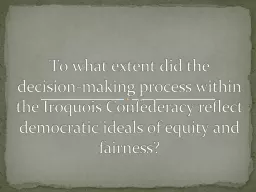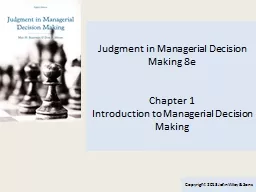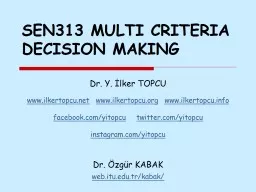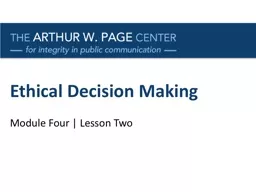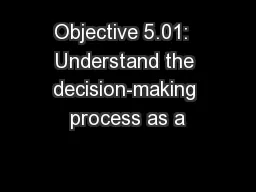PPT-To what extent did the decision-making process within the I
Author : tatiana-dople | Published Date : 2015-11-12
The Confederacy was NOT democracy Neither the clan mothers nor the chiefs were elected by the people The position of clan mother was hereditary and the chiefs were
Presentation Embed Code
Download Presentation
Download Presentation The PPT/PDF document "To what extent did the decision-making p..." is the property of its rightful owner. Permission is granted to download and print the materials on this website for personal, non-commercial use only, and to display it on your personal computer provided you do not modify the materials and that you retain all copyright notices contained in the materials. By downloading content from our website, you accept the terms of this agreement.
To what extent did the decision-making process within the I: Transcript
Download Rules Of Document
"To what extent did the decision-making process within the I"The content belongs to its owner. You may download and print it for personal use, without modification, and keep all copyright notices. By downloading, you agree to these terms.
Related Documents

